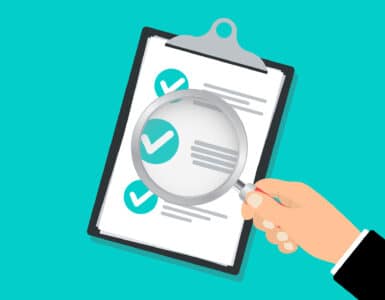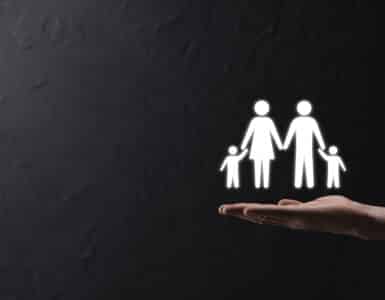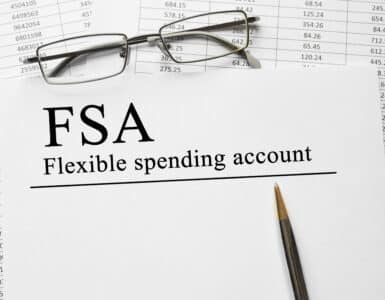Mortgage rates are right around 7%. That’s about double what they were at the start of the year. If you’re hoping to buy a home any time soon, you might be wondering how much you can afford and how to finance it. It helps to understand the ins and outs of mortgages. Let’s take a look at fixed-rate and adjusted-rate mortgages.
Fixed-Rate Mortgages
A fixed-rate mortgage is a loan with one specific interest rate for the entire term of the loan. No matter what happens with rates over time, the interest rate on your fixed-rate mortgage will not change. That means you’ll pay the same amount each and every month for the entire length of the loan.
Fixed-rate mortgages typically have 15- or 30-year terms. The upside of opting for a 15-year fixed-rate mortgage is that you’ll usually pay a lower interest rate, but you’ll have a higher monthly payment (because you’re paying the loan off over a shorter period of time). A 30-year fixed-rate mortgage is the opposite: A higher interest rate, but lower monthly payments.
You might want a fixed-rate mortgage if you plan on being in your home for a long time. And while a low monthly payment is great, fixed-rate mortgages often have higher initial interest rates than adjustable-rate mortgages. It can also be harder to get approved for a fixed-rate mortgage.
Adjustable Rate Mortgages
Adjustable rate mortgages (or ARMs) usually offer a lower introductory interest rate than fixed-rate mortgages. However, your monthly payment will change after a set amount of time, anywhere from one to 10 years. (Loans that have a fixed initial period longer than a year, typically 3, 5, 7 or 10 years are called “hybrid ARMs”.)
As USA Today notes, once your intro period ends, your lender will adjust the interest rate by adding the index interest rate — which typically changes once every six months — and the margin, which is set by your lender. If the index is lower than when you received the mortgage, your rate and your payments will decrease. If the index is higher than when you received the loan, your rate and payments will increase.
Adjustable-rate mortgages are good if you plan on paying off your mortgage during the period where the rate is fixed, you believe you will move and sell during that time, or you believe rates will fall. You can take advantage of that low rate while it’s locked in. However, keep in mind your payments will fluctuate and they could end up being higher than a fixed-rate in the end.






